Domains Overview
When playing Star Commander, you take the role of an interplanetary governor building up your empire. As you explore new star systems, your empire will end up building in a different direction depending on what you find out there among the stars. The domains of Star Commander reflect these differences, and reflect the kind of nation you are building.
There are three domains - Industry, Statecraft, and Science. Each of these domains is focused around a particular strategy, and will give you different benefits than the others. Each domain can also complement the others; it's highly encouraged that during a game you mix the different domains to build the strategy that best fits what you are trying to do.
There are two ways to get a feel for what a domain is all about - drawing cards and exploring systems.
Domains and Systems
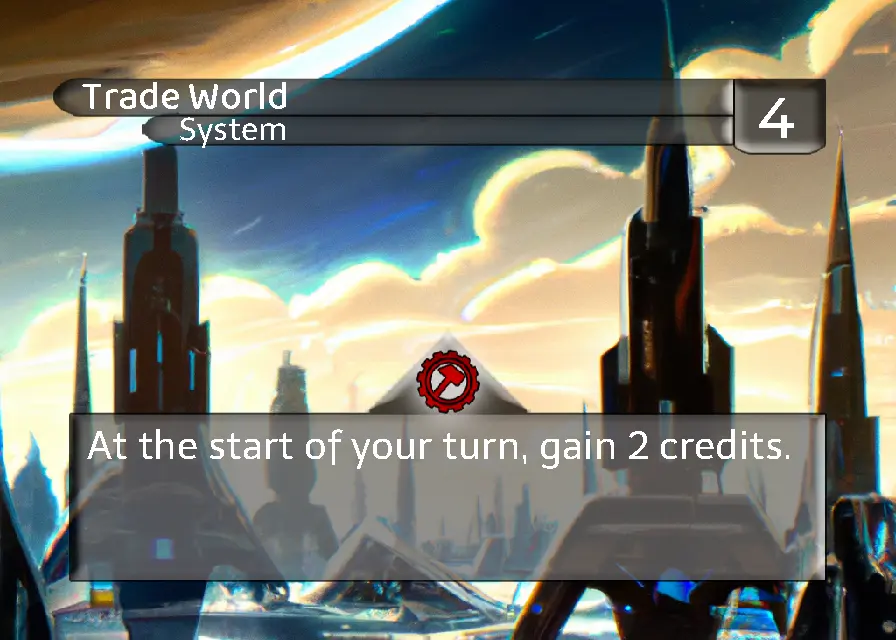

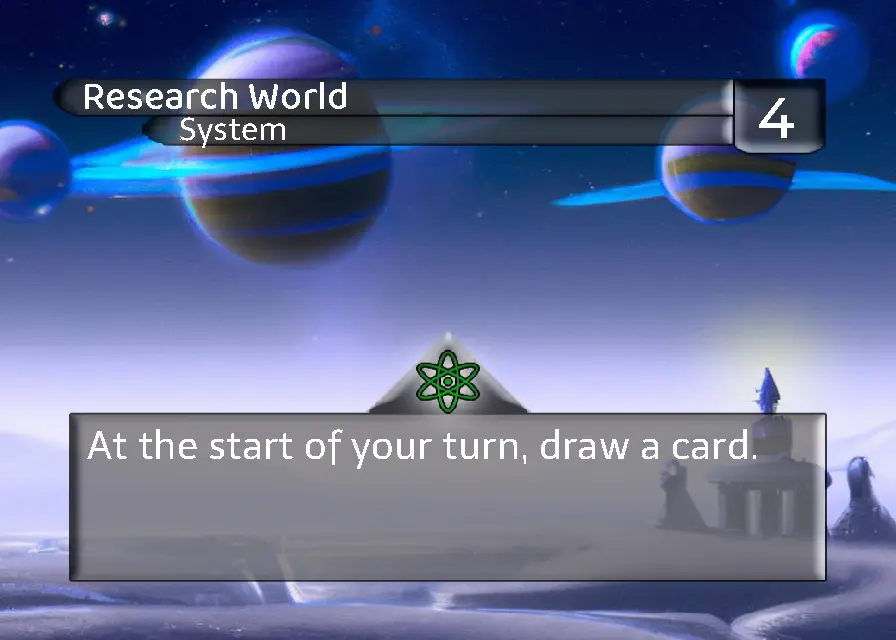
Each system (except for your Homeworld) is associated to a domain, and also has a special ability. These abilities align with what the domain is trying to do, and helps you to pursue that strategy.
The above systems are good examples of the core resource that each domain utilizes. Industry cards, for example, are very focused on earning a large number of credits quickly, and building larger and more powerful ships. Trade World helps you do that by giving you two extra credits per turn. Nice! Note that this is obviously helpful to any strategy; regardless of which domain you are focusing on, having more money is not a bad thing. The same is true of the Core World (focusing on developments) and Research World (focusing on drawing cards).
In the Systems deck, each domain has the same number of systems that provide the following kinds of benefits:
- A system that provides a geographic advantage to whomever controls it.
- A system with a one-use ability.
- A system with an ability that triggers every turn.
- A capital system that gives a unique effect.
When planning out your strategy, keep an eye out for which domains are more common, and which ones you may want to conquer for yourself. Maybe there's a smaller number of Statecraft systems in your game, do you want to dominate them all and cut your opponents off? Or, in another example, do you really want your opponents to control a Research World and draw an extra card every turn?
Domain Decks

For each domain, there is a deck of 30 cards to draw from. You can only draw from a domain deck if you control a system with the same domain. For example, if you want to draw an Industry card, you would need to control Trade World or another Industry system in order to do that. Each of those decks will provide a different strategy, so let's take a look at what you might expect.
Industry

The Industry domain is all about making as much money as possible, then purchasing larger, more powerful ships to take on your opponents. Most cards in the Industry deck will either help you earn more credits, or give you an offensive advantage (which is stronger when you have larger ships). You'll be building a lot of ships, allowing you to spread yourself across the board early and take the fight to your opponents.
Cards like Barrage, Orbital Bombardment, and Ram do more damage when you have a larger ship to work with, and Railgun Turrets and Maximum Firepower give you a way to increase your ships' attack. You also get the Battlecruiser, a ship unique to Industry that can increase its own firepower when needed.
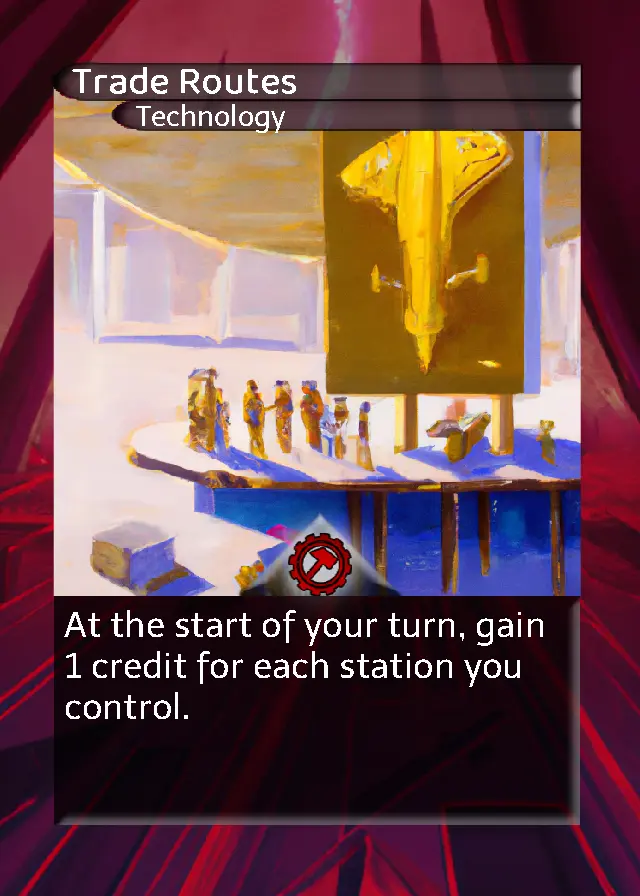
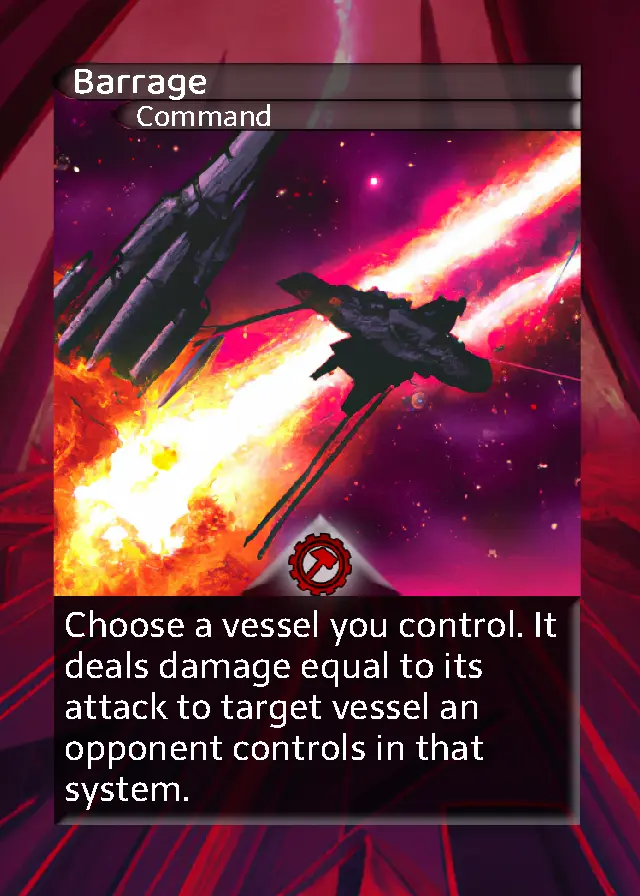

Statecraft
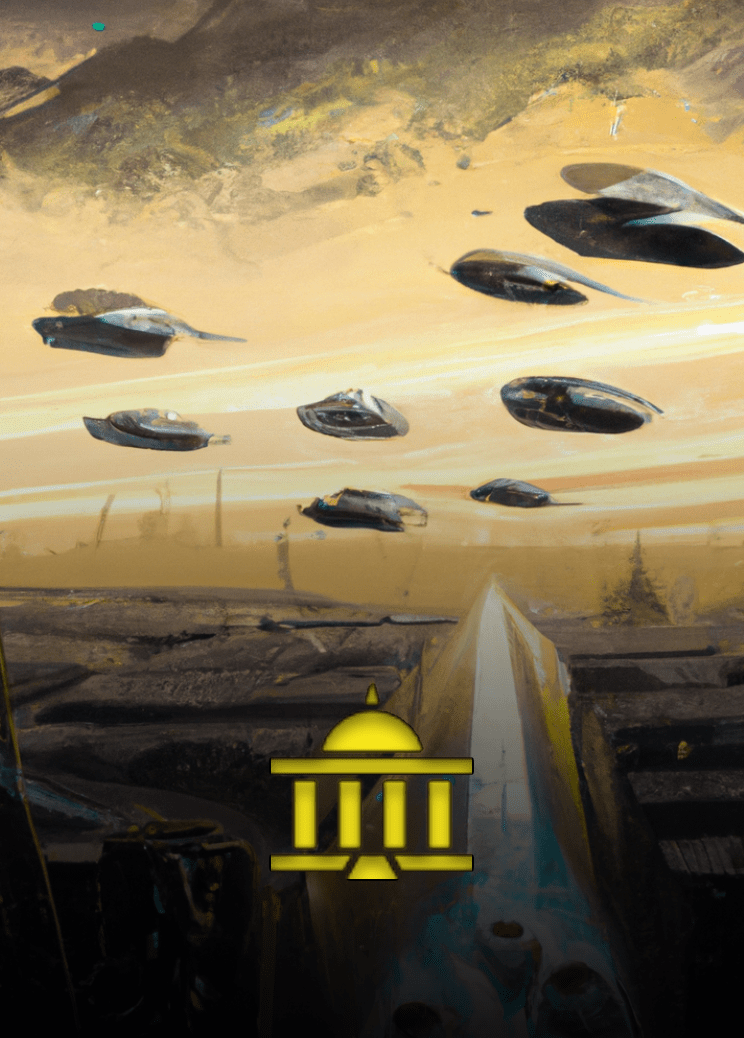
Where Industry goes wide, Statecraft goes tall. This domain is focused on establishing a firm control of their territory, and expanding slowly but surely until they control the entire game. Statecraft is all about control, providing ways to develop your systems faster and cheaper, build more stations, and stop your opponents from ever taking control of your systems. Players leaning into Statecraft may expand slower into the rest of the board, but given time they will build up to be a powerful force.
Statecraft has access to the most stations of any domain, with Missile Platform to provide a more powerful defense, Shipyard to build your fleets closer to your opponents, and Orbital Habitat to expand your system's development level and get free developments built. Efficient Construction makes it easier to build new stations, and Fighter Bays enables building fighters in every system with a station in it. Finally, cards like Sabotage, Bribery, and Spy Network allow you to manipulate your opponents' cards, and when you're ready to strike, a well played Filibuster can prevent them from preparing a defense of their own.
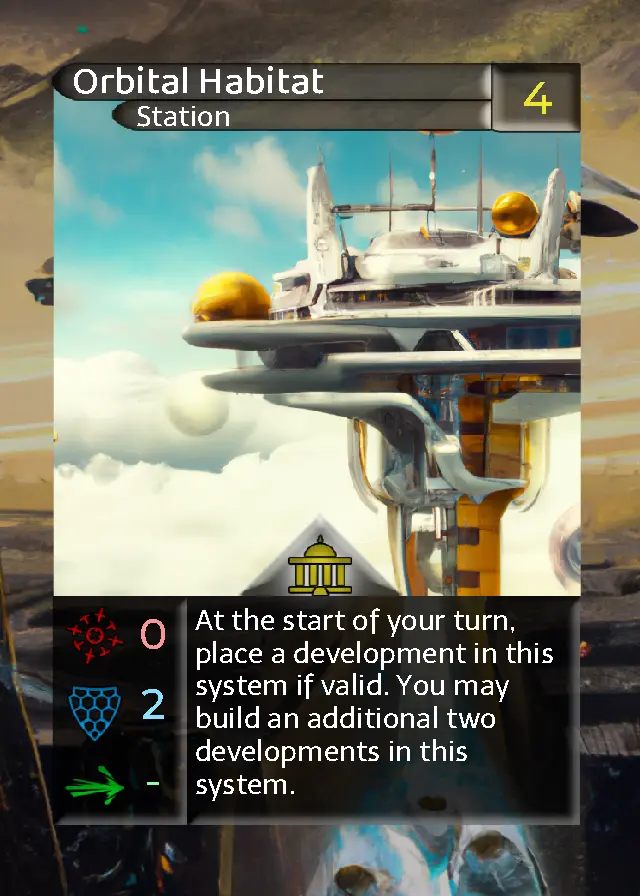

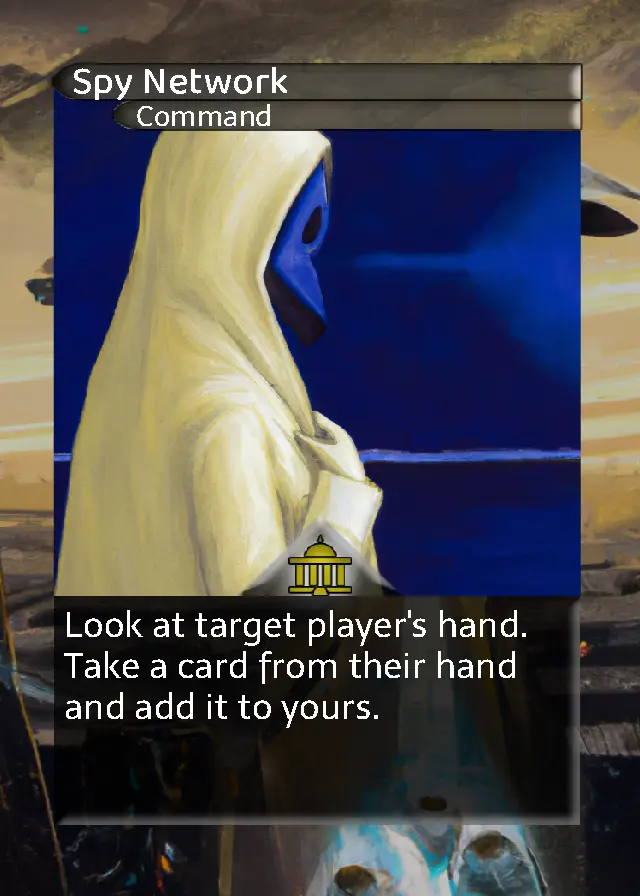
Science

Building large ships or a great defense is fine, but what if we just made our ships... better? The Science domain is geared toward pushing boundaries and improving what you already have, and getting the job done faster and better. Science cards will provide boosts to your own ships and stations, or potentially slow down your opponents so they can't attack you (or defend themselves). Science will also let you draw more cards as you research new technologies and ways to protect yourself against the enemy. When ships are moving from your Homeworld to enemy space in a single turn, nobody will stand a chance against you.
Science has the most technologies of the domains. Three of them (Advanced Systems, Enhanced Jump Drive, Experimental Shields) provide improved stats and survivability to your ships, while Thrill of Discovery gives you an extra card each turn. In addition to Enhanced Jump Drive, Jump Nexus and Jump Stabilization give your ships additional movement each turn. Raise Shields and Evasion help protect your ships against the enemy, but if a threat has grown too large, you can use Jump Drive Detonation to destroy everything in a system.
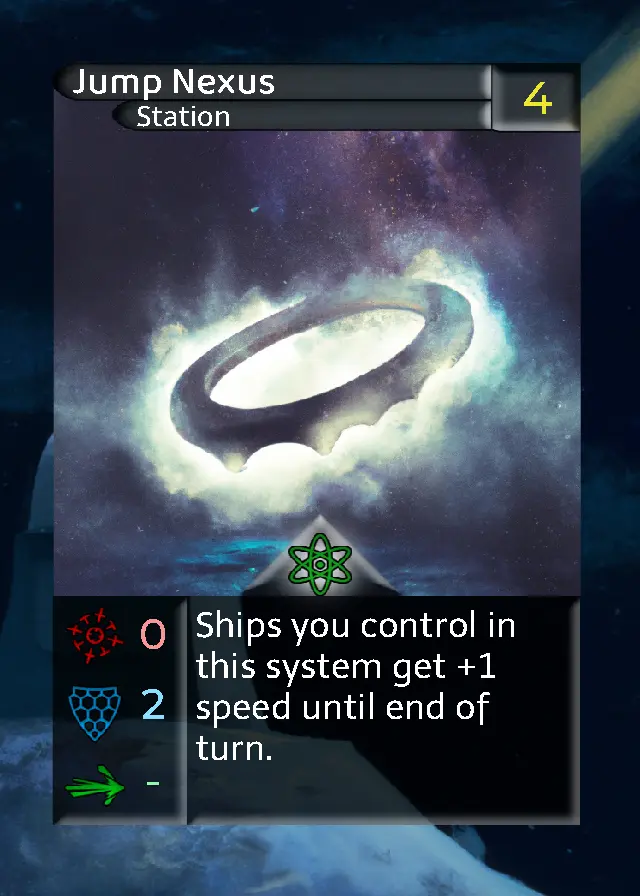
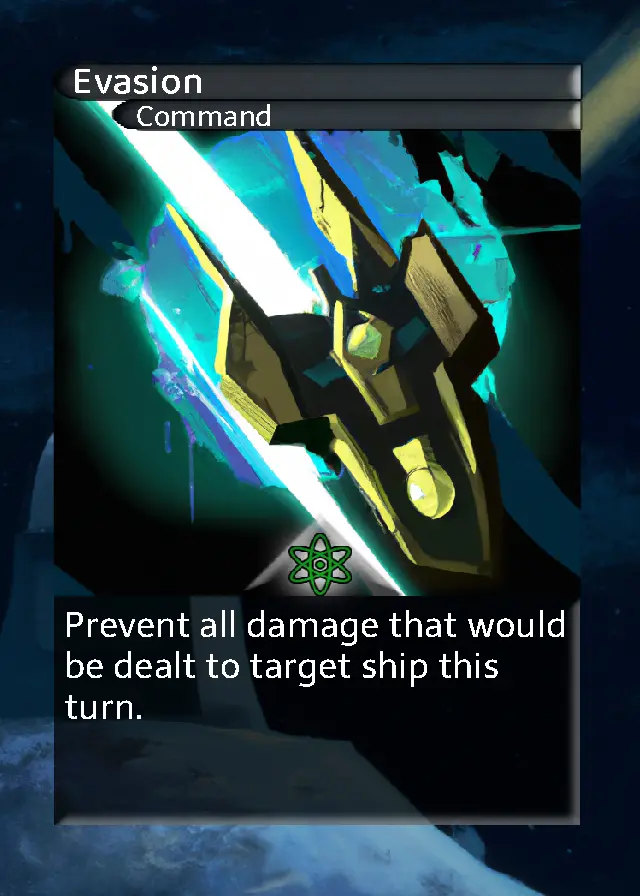

As I noted at the beginning, each of these domains can complement the others, and so can be combined to create a custom strategy for your game. For example, an Enhanced Jump Drive can provide fighters with movement actions, and Fighter Bays allows for constructing fighters in any system with a station. Now, a Statecraft and Science player can build a fleet of inexpensive Strike Fighters and launch an offensive while investing in a strong defense or building up their systems. The decks were designed to support each other while providing a winning strategy on their own, so try them out and see what you like most!
Domains are a key mechanic of Star Commander, and knowing how they are meant to be played could make the difference between victory and defeat. I hope this has been a helpful look at the different domains and their strategies!
